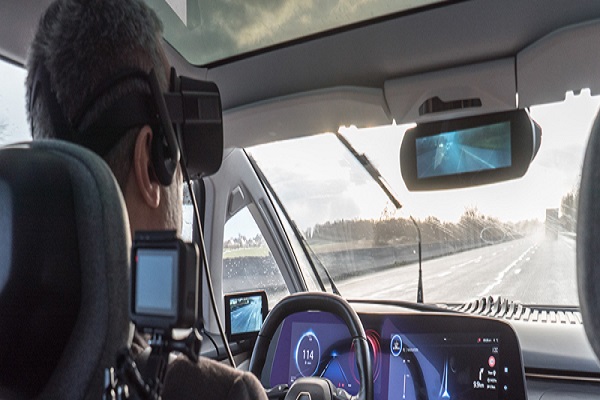4 Best Tips and Tricks to Speed Up PC Performance
This modern era is full of automatic devices and is
progressing towards more advanced and hi-tech age of automation, where most of
the tasks managed by robots or many advanced devices. From an automatic coffee
pot to your high tech sound system, all are getting too advanced. Even in this
digital and more advanced era, our PC still needs some workarounds to boost so
that it can run fast and smooth. It requires some manual tweaks to make it more
compatible and quick performing device.
Speeding up the PC provides various benefits to its users,
such as smooth functionality and better health of the OS, etc. It also removes
minor glitches and errors coming to the device.
If you wish to speed up your PC manually, then you should
follow these guidelines with care.
Checking and Disabling Startup Programs
Sometimes PC gets very slow even while booting up; it means
that there are too many applications or programs are running while starting up
process. In this case, you need to fix this issue in the following ways:
First and foremost, hit the Window key and, after that,
insert “Task Manager” into the search bar. One can select the same option
alternatively.
Once the Task Manager launches on your screen, hit the
button “Startup.” Now you will be able to view various applications and
programs that are set to launch while booting up Windows.
Now, look towards the far right-hand side section for
Startup Impact. You will see various apps and programs having a high or medium
impact. Now, you have to decide whether they are important for your device. If
not, then it is recommended to deactivate them instantly.
If you are fond of games, then your device might require
Steam to start up the game if it’s not a multi-purpose system. You should turn
off all the things that are not too useful even it holds high Impact on your
system.
Now, decide what to be turned Off and choose one of them at
a time with the help of mouse and then hit the Disable tab located at the lower
right edge.
Adjusting Restart Settings
When you let your device to reboot automatically just for
various reasons such as program and system update, then Windows 10 tries to
launch all the applications that were launched just before shutdown. It helps
sometimes is recovering various things, but when it is not necessary, you can
deactivate it easily.
To turn off the already launched application while on system
or program upgrade, follow the under mentioned instructions:
First and foremost, hit the Start tab.
Then, press the gear-shaped icon that is Settings located at
the bottom left edge of your Start Menu.
Next, hit the Accounts section situated inside the Settings
application.
Now, click on the Login button there.
Then, you have to navigate under the section Privacy and
then turn Off the slider that is related to user login info for finishing
setting up My Device and re-launching My Apps section just after the update or
reboot.
Deleting Bloatware and Superfluous Applications
Various apps run in the background without showing their
existence in the device background panel. They contain harmful bloatwareand
restrict your device performance. So, we recommend you to delete those
unscrupulous apps in just an easy and compatible way to avoid any mishaps to
your device. To do so, pursue these guidelines:
First and foremost, apply right-click on any of the
suspected bloatware apps from the Start menu.
Then, choose the option “Uninstall” there. This option works
for normal desktop applications, but we recommend the old school Control Panel
for deleting those applications.
Checking Storage Space
Windows 10 gives the accessibility of checking and
monitoring space used and free space available on various sections of Storage
drives. Microsoft provides various built-in programs and features to check out
how much you have consumed and how much space if left out.
To check your system storage, follow these guidelines:
At the start, hit the System tab.
Then hit the Storage section there. This section will show a
storage bar that will appear in blue, indicating a primary storage section.
This blue-colored bar how close your storage is about to the full. Once you
see, the blue bar turns red, and then you need to remove various unnecessary
apps from the storage section to free up more space.
Some apps and features are not for removing as they hold
various systems and reserved sections related to your device. These include
folder consisting of Microsoft Visuals, AMD, Intel, Nvidia, etc
Harry Williams is an inventive person who has been doing intensive research in particular topics and writing blogs and articles on webroot.com/safe and many other related topics. He is a very knowledgeable person with lots of experience.
Source : Speed Up PC Performance



agen77 situs gacor terbaru & terpercaya jackpot sadis banget
ReplyDeleteweb dark porn indo dark porn
ReplyDelete